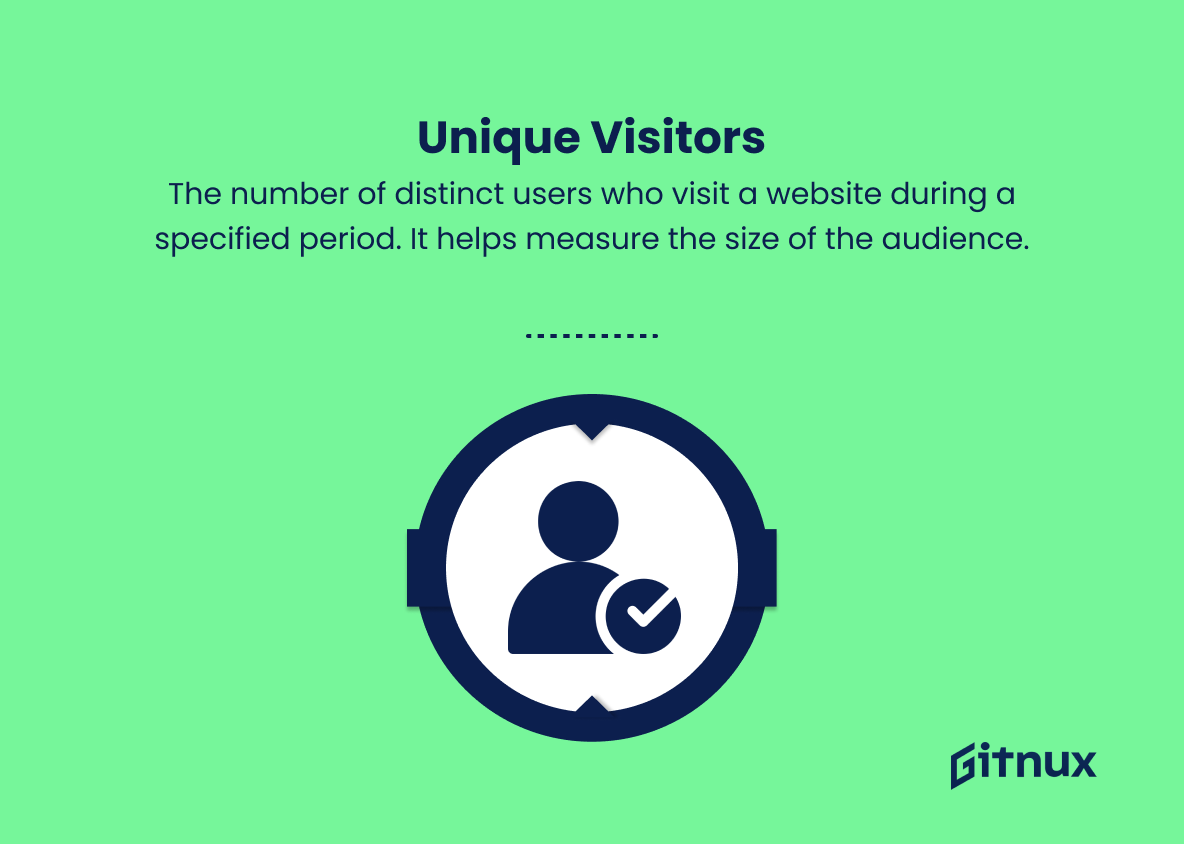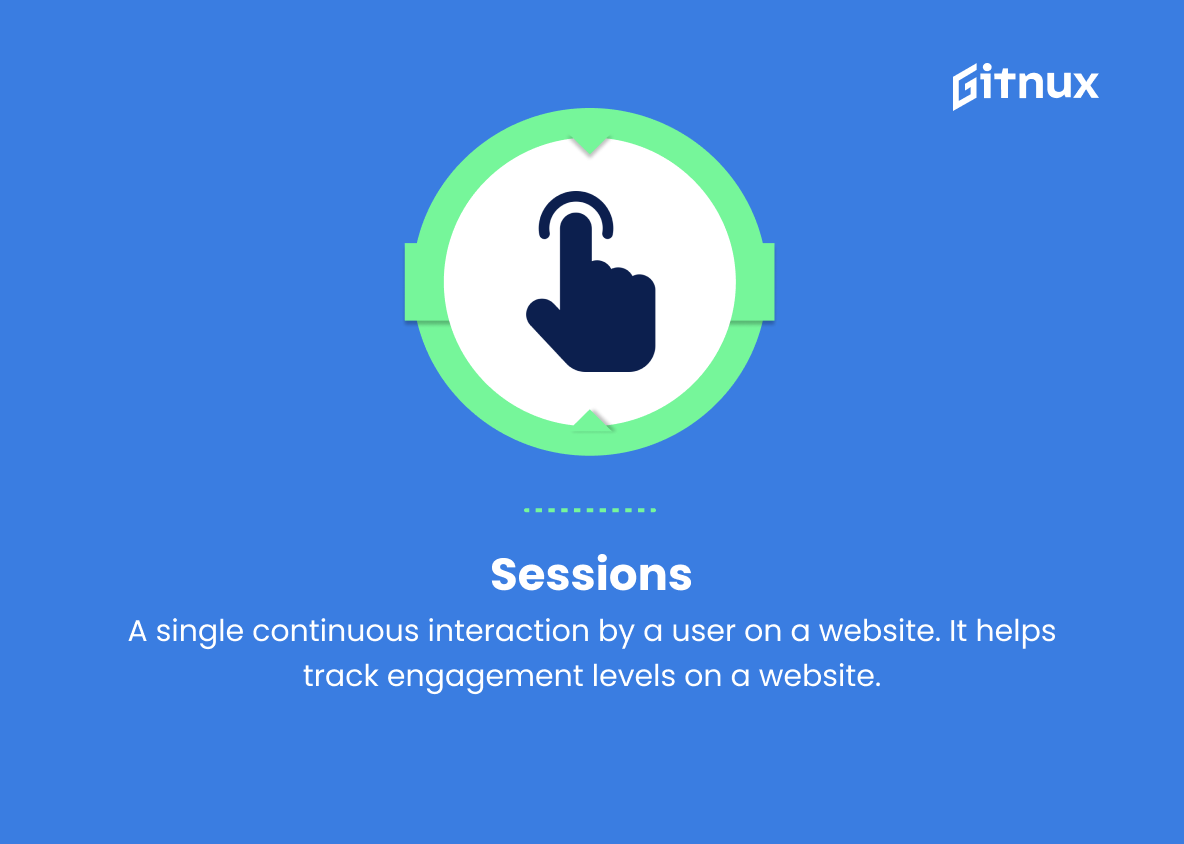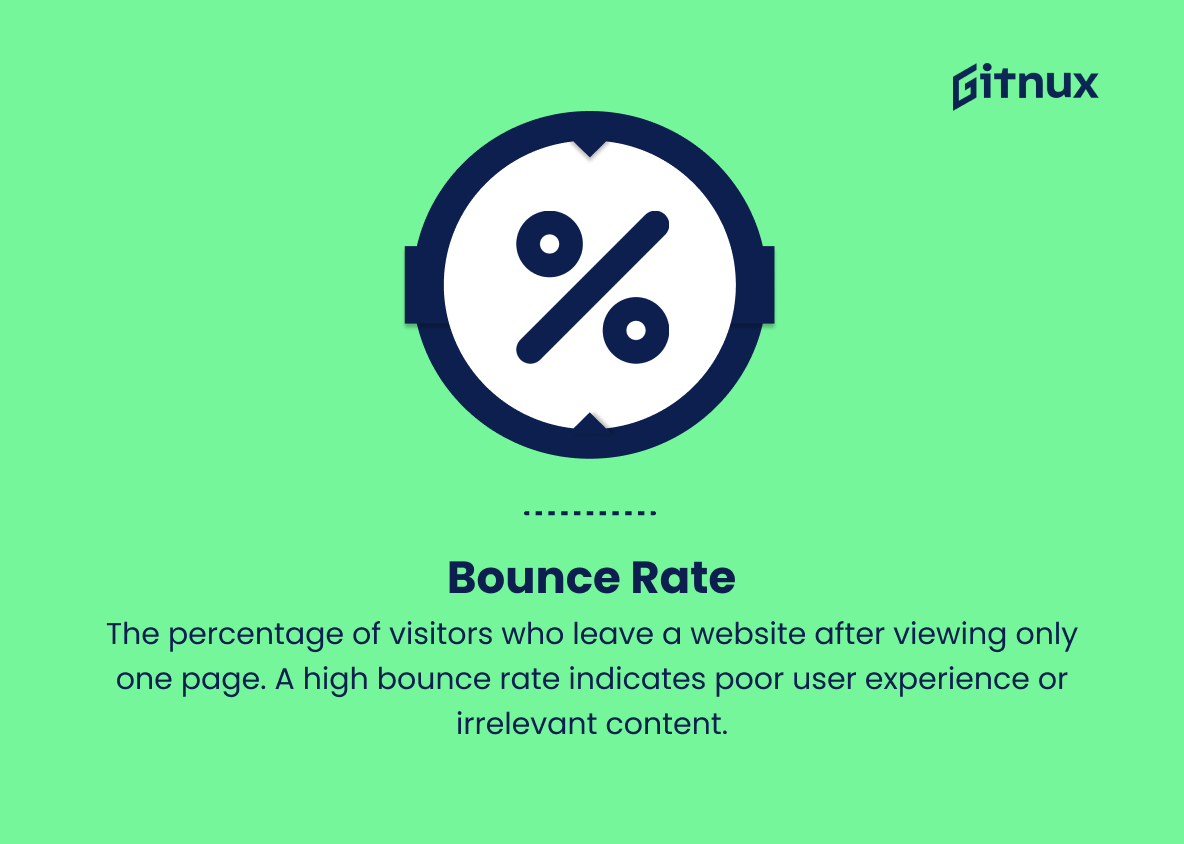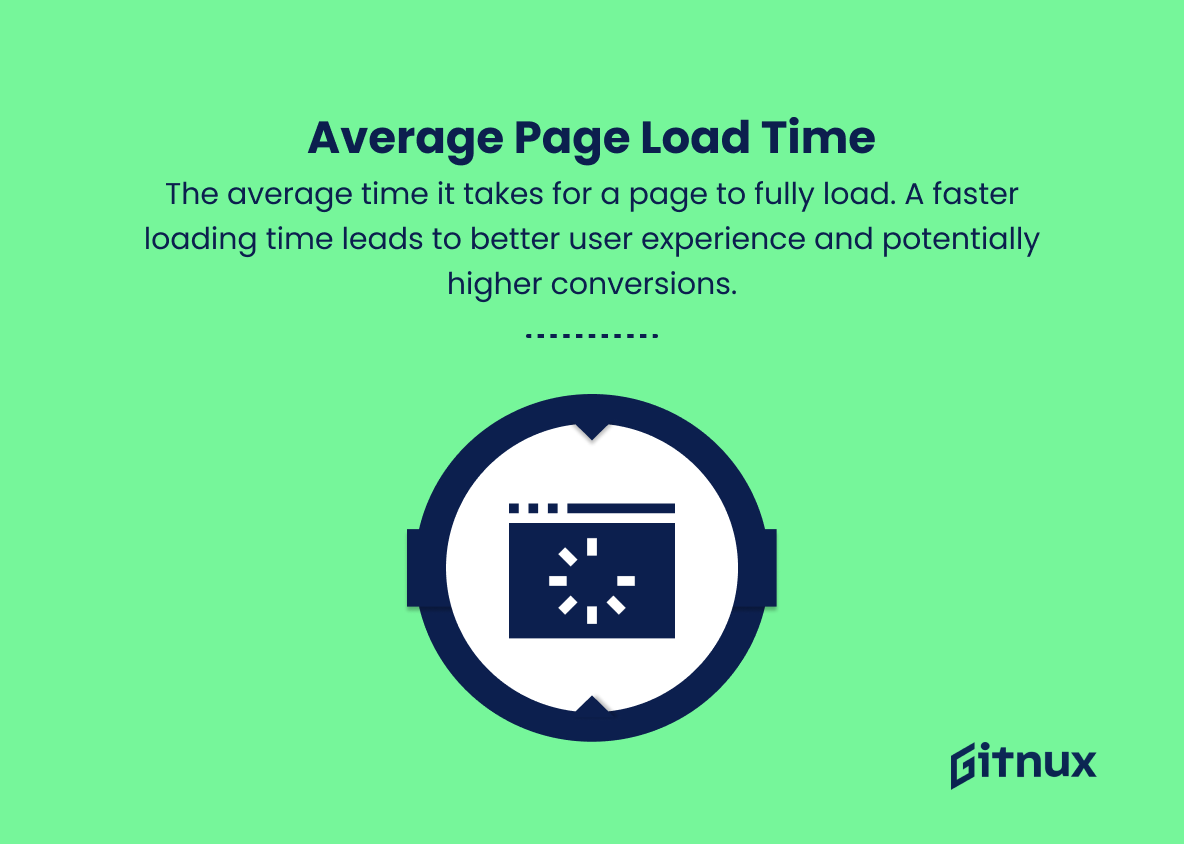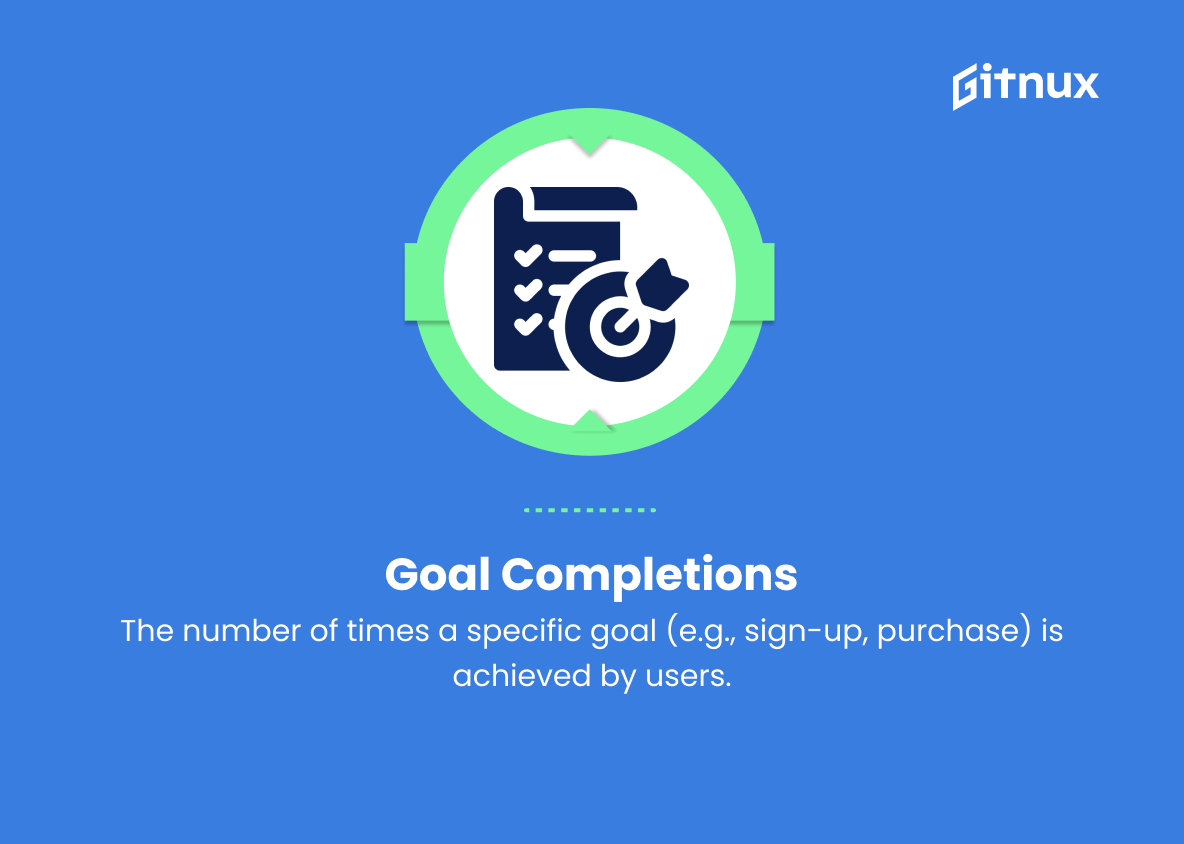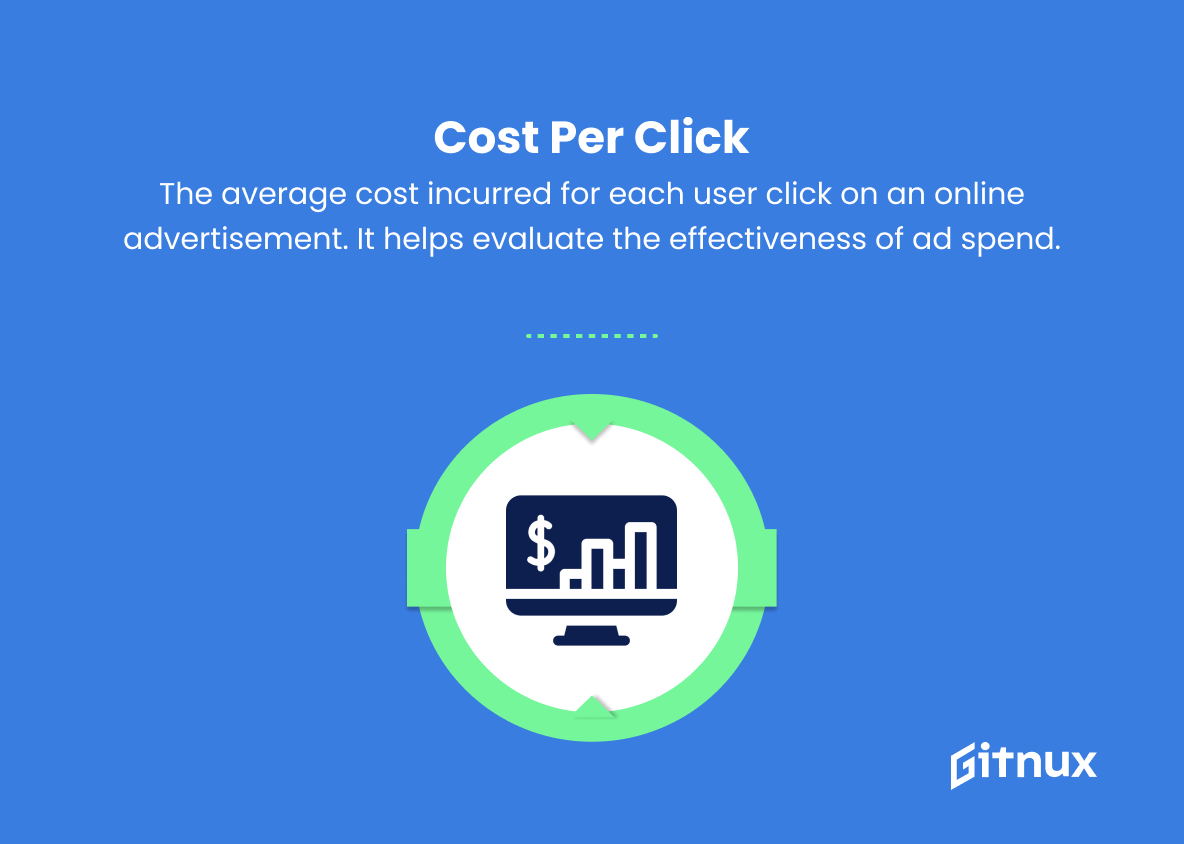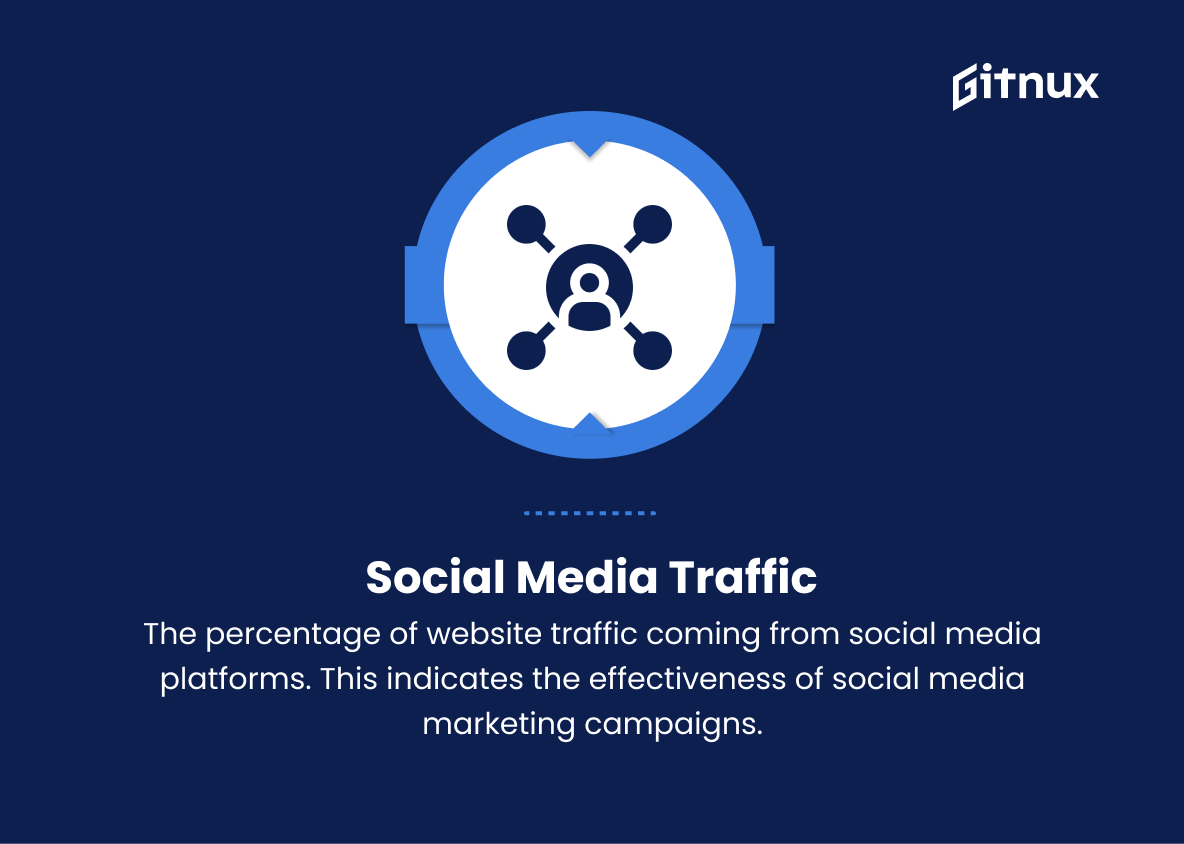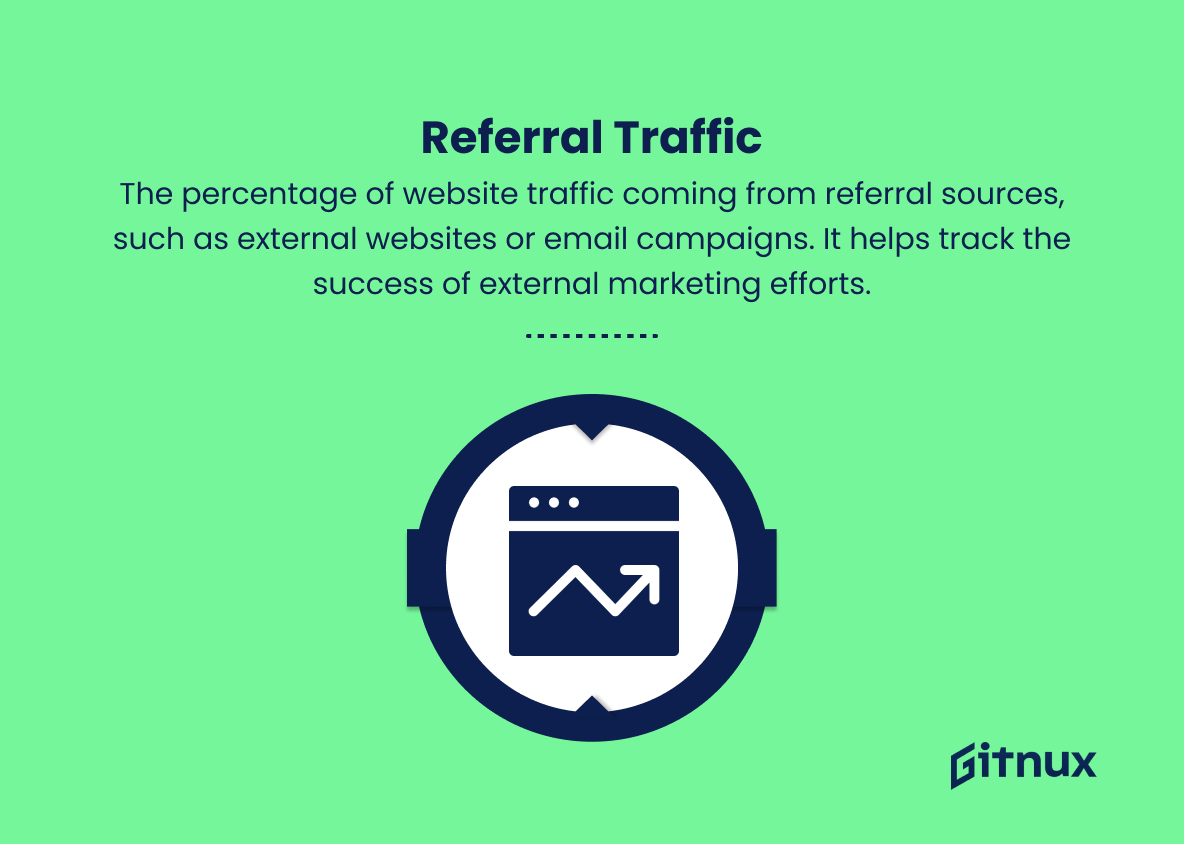In the rapidly evolving world of digital marketing, web analytics have become an indispensable tool for businesses looking to grow and thrive in the online landscape. Mastering the art of interpreting valuable data can be the key to unlocking a website’s true potential, while consistently driving successful marketing strategies.
In this blog post, we will delve into the significance of Web Analytics Key Performance Indicators (KPIs), the essential metrics that every digital marketer needs to understand and monitor. From optimizing user experience to evaluating campaign effectiveness, these KPIs act as a compass, guiding your business towards its online goals, and ultimately, leading you to the peak of digital success. So, let’s get started on this insightful journey, shedding light on the world of web analytics and its most critical KPIs.
Web Analytics KPIs You Should Know
1. Pageviews
The total number of times a specific webpage is viewed by users. It reflects the overall traffic a site receives.
2. Unique visitors
The number of distinct users who visit a website during a specified period. It helps measure the size of the audience.
3. Sessions
A single continuous interaction by a user on a website. It helps track engagement levels on a website.
In the rapidly evolving world of digital marketing, web analytics have become an indispensable tool for businesses looking to grow and thrive in the online landscape.4. Average session duration
The average time spent by users during one session. It is a useful metric to evaluate user engagement and content relevancy.
5. Bounce rate
The percentage of visitors who leave a website after viewing only one page. A high bounce rate indicates poor user experience or irrelevant content.
6. Exit rate
The percentage of users who leave a website from a particular page. It helps identify pages with poor user experience or content.
7. Conversion rate
The percentage of visitors who complete a desired action (e.g., purchase, registration) on a website. It is crucial for measuring the effectiveness of marketing campaigns and website performance.
Mastering the art of interpreting valuable data can be the key to unlocking a website’s true potential, while consistently driving successful marketing strategies.8. Average page load time
The average time it takes for a page to fully load. A faster loading time leads to better user experience and potentially higher conversions.
9. Goal completions
The number of times a specific goal (e.g., sign-up, purchase) is achieved by users. It helps measure the success of marketing campaigns and website optimization efforts.
10. Returning visitors
The percentage of users who have had at least one previous session on a website. Returning visitors indicate that the website is engaging and relevant.
11. Click-through rate (CTR)
The percentage of users who click a specific link or call-to-action (CTA) on a website. Higher CTRs suggest effective ad placements and compelling CTAs.
12. Cost per click (CPC)
The average cost incurred for each user click on an online advertisement. It helps evaluate the effectiveness of ad spend.
13. Social Media Traffic
The percentage of website traffic coming from social media platforms. This indicates the effectiveness of social media marketing campaigns.
14. Referral traffic
The percentage of website traffic coming from referral sources, such as external websites or email campaigns. It helps track the success of external marketing efforts.
15. Organic search traffic
The percentage of website traffic coming from unpaid search results. It is a key performance indicator of SEO campaigns’ success.
Web Analytics KPIs Explained
Web Analytics KPIs are critical for assessing the performance of a website, driving user engagement, and optimizing marketing strategies. Pageviews, for instance, indicate the overall traffic a site receives, making it an essential metric for evaluating popularity. Unique visitors help measure a website’s audience size, while sessions and average session duration provide insights into user engagement levels and content relevancy.
Bounce rate and exit rate are essential for identifying poor user experiences or irrelevant content. Conversion rate and goal completions, on the other hand, measure the effectiveness of marketing campaigns and website optimization efforts. Additionally, KPIs such as average page load time, returning visitors, click-through rate (CTR), and cost per click (CPC) are crucial in determining user experience, ad placements, and ad spend effectiveness.
Social media traffic, referral traffic, and organic search traffic KPIs provide insights into how successful external marketing efforts, such as social media campaigns, referrals from other websites, and SEO campaigns, are in driving website traffic. Overall, these KPIs collectively provide a comprehensive assessment of a website’s performance, helping businesses make informed decisions and improvements.
Conclusion
In summary, understanding and tracking the right Web Analytics KPIs is crucial for measuring the success of your website and digital marketing efforts. By focusing on these key performance indicators, you can identify areas for improvement, monitor progress towards your goals, and ultimately make well-informed decisions that can drive your online presence forward.
Remember to continually reevaluate and adjust your KPIs as your strategies evolve, to ensure you remain aligned with your overall objectives. With a solid grasp of these analytics, you will be better equipped to identify trends, optimize user experience, and ultimately achieve success in the ever-changing digital landscape.

